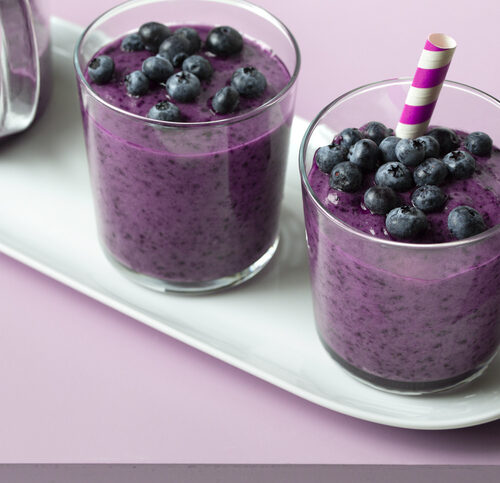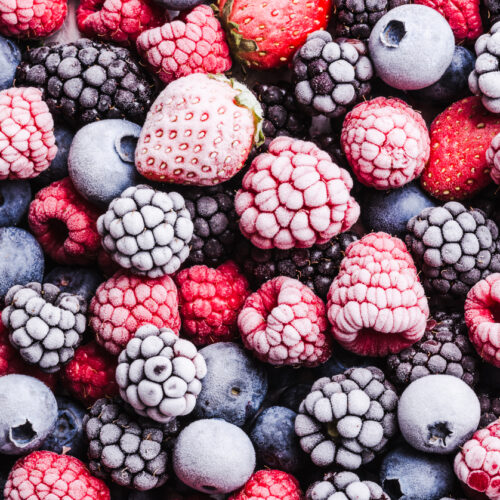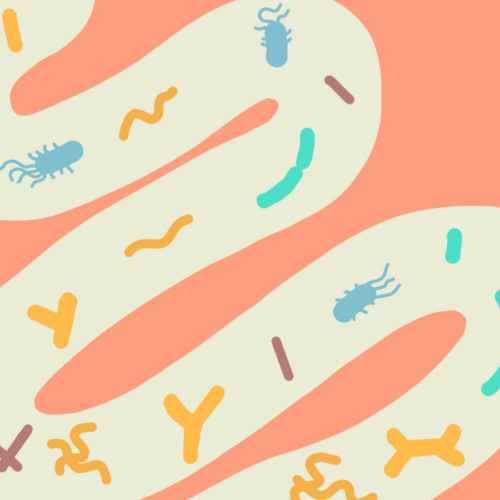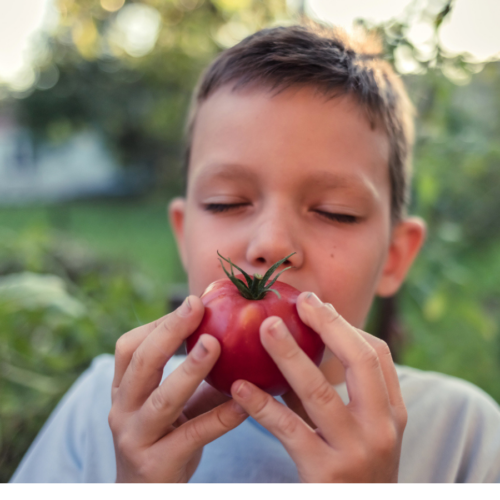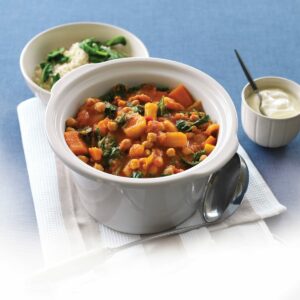
Q: “I know I should be eating more oily fish for omega-3. However, I read somewhere that the canning process converts omega-3 into omega-6. Is this true? Do I have to buy fresh fish fillets or is the tinned stuff okay?”
LaineA: Sabina Bacchus, a postgraduate nutrition student at the Department of Human Nutrition, Otago University responds:
“No, it is not possible under any conditions for omega-3 fatty acids to be broken down or converted to omega-6 fatty acids.
The canning process does affect the fats in fish to some degree. When salmon is canned, raw salmon goes into the can and is then cooked so most of the omega-3 is retained. With tuna, a species with less omega-3 than salmon, the fish is precooked, the skin removed and then it’s packed into the can and cooked again. Although there are greater losses of omega-3 during this process, canned tuna is still a good source of omega-3. Chilled and frozen storage, as well as cooking and sterilisation to remove harmful microorganisms, all produce small losses in omega-3 and omega-6 fatty acids. The good news is that these losses probably aren’t that much more than when you cook fresh fish that has been chilled. So either way, fresh or canned, you will still be getting a good dose of omega-3.
So continue to enjoy your oily fish in whichever way suits you best. If you want to maximise the omega-3 you’re getting when using canned fish, check the nutrition information panels as the different products vary quite a lot.”
www.healthyfood.com


